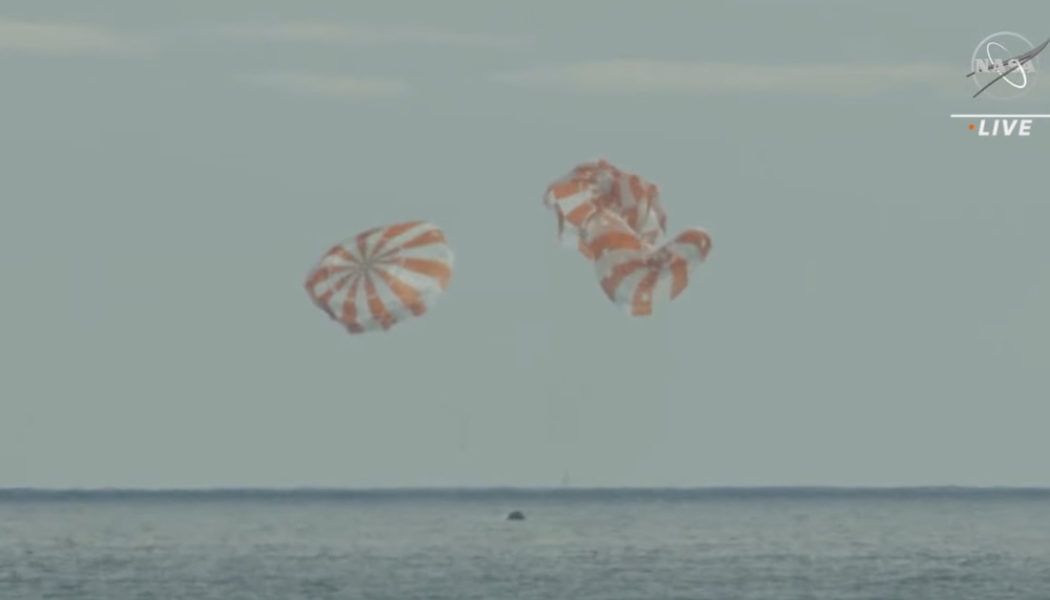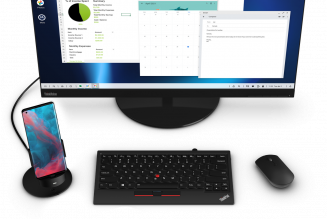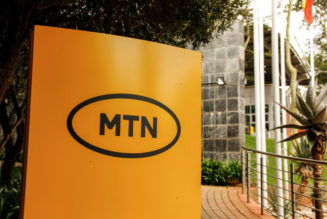/cdn.vox-cdn.com/uploads/chorus_asset/file/24283114/orion_capsule_splashdown.png)
NASA’s Orion spacecraft has returned to Earth. The uncrewed capsule safely splashed down into the Pacific Ocean off of Mexico’s Baja California around 12:40PM ET on Sunday, marking the end of the landmark Artemis I mission.
The capsule reached speeds of about 24,500mph as it returned to Earth, while its heat shield sustained scorching temperatures of around 5,000 degrees Fahrenheit. Orion traveled a total of 1.4 million miles through space over the span of 25.5 days.
As it reentered Earth’s atmosphere, the Orion capsule successfully performed a skip entry maneuver, in which Orion dipped into Earth’s upper atmosphere and lifted out before reentering again. The move is supposed to help the spacecraft land in the designated splashdown location and is a first for a spacecraft designed to carry humans.
Once it reached about 24,000 feet from the ground, the capsule began deploying its parachutes to help it slow down as it descended into the Pacific Ocean. The US Navy started the process of recovering the spacecraft shortly after splashdown, but that will take several hours to complete.
Now that Orion’s back on the ground, NASA will start capturing data from the sensor-equipped mannequins on board so it can get ready for future missions involving humans. NASA hopes to get humans back on the Moon during a second Artemis mission that’s slated for 2024.
“From the launch of the world’s most powerful rocket to the exceptional journey around the Moon and back to Earth, this flight test is a major step forward in the Artemis Generation of lunar exploration,” NASA Administrator Bill Nelson said in a statement. “Today is a huge win for NASA, the United States, our international partners, and all of humanity.”
Update, 2:18PM ET: Updated to add a statement from Bill Nelson.









